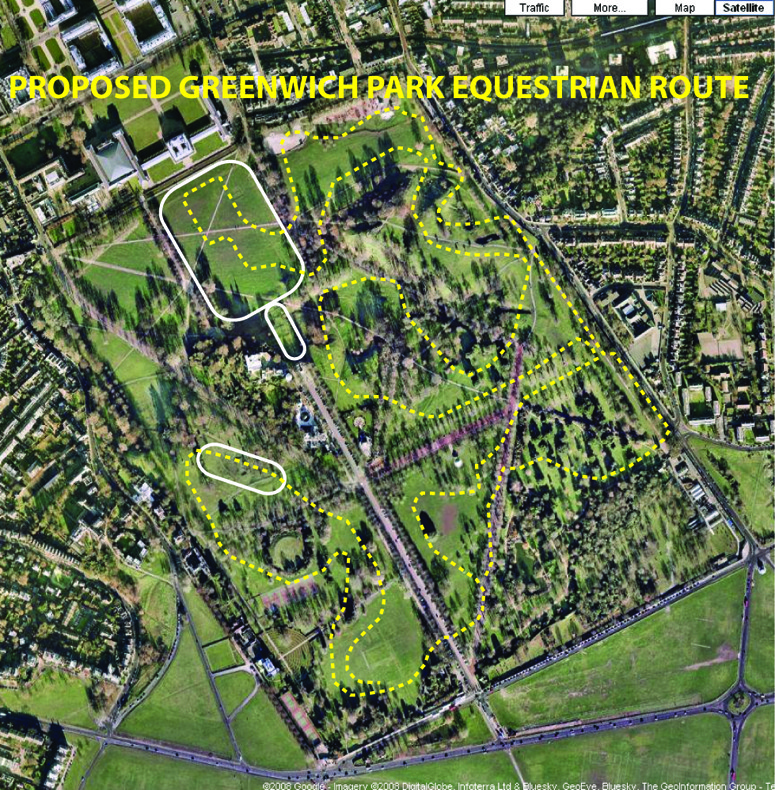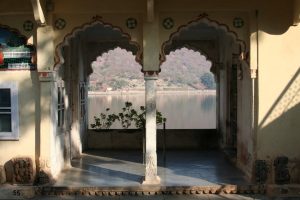 A friend with enviable portfolio of major projects, says that ‘We have to call ourselves urban designers to get the work. But we have to employ landscape architects to get the work done’. Another friend who spent many years teaching urban design to architects, planners and landscape architects remarks that ‘the landscape architects were the best’.
A friend with enviable portfolio of major projects, says that ‘We have to call ourselves urban designers to get the work. But we have to employ landscape architects to get the work done’. Another friend who spent many years teaching urban design to architects, planners and landscape architects remarks that ‘the landscape architects were the best’.
The Circus in Bath (UK) is a fine example of architecture+landscape but the idea (from John Wood) was of course inspired by Bramham Park (photograph of The Circus courtesy Casey Picker).
One can easily understand why the name ‘landscape architect’ is such a non-starter for clients. Most of them think landscape architects must either be garden contractors or the artistic inheritors of Capability Brown. So why should they be so good at urban design? I think it is because they are trained to think about SPACE rather than about the OBJECTS WHICH CONTAIN AND DEFINE SPACE (buildings, walls, trees, mounds etc). In urban design it is good practice to think about what type of space is required BEFORE thinking about what elements can be used to contain and define the space. As Laozi wrote:
Thirty spokes share a single hub,
Thirty spokes share a single hub,
And the central void makes the cartwheel useful.
Clay is moulded into a vessel,
And the empty space makes it valuable.
Doors and windows are cut out in the walls,
And these openings make the room livable.
Were Laozi to visit Bath he might comment that:
The central void makes The Circus useful.
Buildings are moulded into a vessel.
Or would he have noted that The Circus is more Visual Space than Social Space and remarked that landscape+architecture= urban design?






 More design (cities, architecture, landscapes, gardens etc) should be more context-sensitive:
More design (cities, architecture, landscapes, gardens etc) should be more context-sensitive: